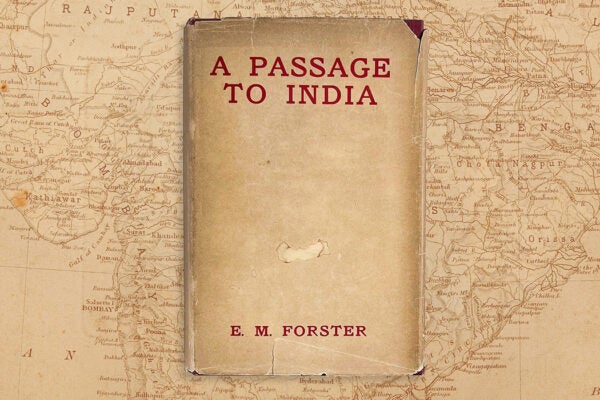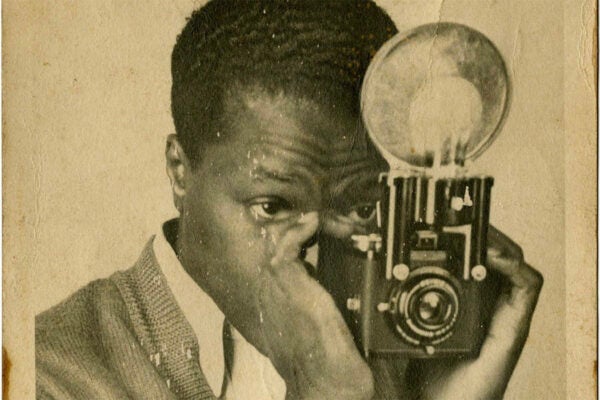Consider Blondie’s “Atomic” (February 1980), The Clash’s “Lost in the Supermarket” (December 1979), Delta 5’s “Mind Your Own Business” (September 1979), OMD’s “Messages” (May 1980 for the single, February 1980 for the album version), The Police’s “De Do Do Do, De Da Da Da” (December 1980), and The Pretenders’ “Private Life” (January 1980). Also, U2’s “I Will Follow” (October 1980) and “A Day Without Me” (August 1980). Despite spanning different genres, all these songs have one thing in common: they display the four-on-the-floor pattern, the best-known trademark of disco music (think: drummer behind the kit, drumsticks raised, yelling “1 (pause) 2 (pause). 1–2–3–4!”).
On July 12, 1979, the event known as “Disco Demolition Night” at Chicago’s Comiskey Park, where attendees were encouraged to bring a disco record to be collected into a crate and blown up, signaled the decline and symbolic end of disco music in the United States. However, its stylistic conventions were retained. Leaving aside the development of house, techno, Eurodance, and EDM—all of which are directly derivative of disco music due to their context as dance-floor music—disco’s stylistic conventions seeped across genres.
Let’s take new wave—the secularization of punk’s ideals, expressed as an amalgam of styles, including disco—as an example.
“When a new-wave song borrows disco’s conventions like four-on-the-floor and processed percussion sounds, it often acquires at the same time a tendency toward stratified textures that allow other types of material to ease into the mix,” writes Charles Kronengold in a 2008 article for Criticism.
Disco music was notable for its stratified textures, anchored in the four-on-the-floor beat, which has the tendency to put the bass drum on every quarter note.
“Four-on-the-floor functions sometimes as an individual stratum; we could even call it the very root of stratification,” writes Kronengold, “because it splits up the drum set (and thus the rhythm section) and asserts the possibility that any element can present itself as independent.”
Blondie’s “Atomic” and The Clash’s “Lost in the Supermarket” demonstrate this, especially because they put the bass line in the foreground.
“The bass’s independence from the rest of the arrangement, along with the relative autonomy of four-on-the-floor, also re-create disco’s stratified textures,” Kronengold notes. And stratified textures easily allow for more inputs.
“New wave’s aura of unconventionality does not translate into a sparing use of conventions.” Thus, “disco’s practices of stratification help keep new wave flexible, give it ways to grow, and thereby extend its life as a genre,” he writes. “Many new-wave artists made moves into disco-influenced dance music around 1978–1982—not coincidentally when disco was at its height and just after.”
What’s the advantage of employing a four-on-the-floor rhythmic convention? It’s easy for an untrained drummer to play, offering a simple solution for performers who don’t excel in technique. In terms of artistry, “in tempi faster than 140 beats per minute, four-on-the-floor can start to recall surf and hot-rod music more than disco, at least in guitar-based songs—surf and hot-rod occasionally present four-on-the-floor,” observes Kronengold.
Weekly Newsletter
What’s more, quoting disco serves multiple purposes. Kronengold mentions serious attempts at dance music across genres, usually with a strong electronic component—one can’t forget that, while the US and the rest of the Anglosphere were more influenced by Disco Demolition Night, the same can’t be said for the rest of the world. Italo disco exploits the overly mechanical nature of the four-on-the-floor beat, as seen in the likes of producer Celso Valli’s Tantra project and the tracks “Wishbone” and “Hills of Katmandu.” Additionally, disco offered a framework for instrumentalists to play around with, as well as characteristics that cannot be boiled down to logic: there can also be affective reasons, regardless of whether the intent is irony, camp, parody, or the expression of genuine sentiment. Consider the 1992 EP ABBA-esque by Erasure as an example.
Following the record industry crash of late 1979, “disco’s capacity to make something seemingly out of nothing, to hold new and old in suspension, and to find hooks where none seemed to be helped new-wave artists enhance their commercial possibilities,” reasons Kronengold. “Aesthetically, this led in many directions, producing genres and modes of generic mixture at an unprecedented rate.”
Support JSTOR Daily! Join our membership program on Patreon today.






